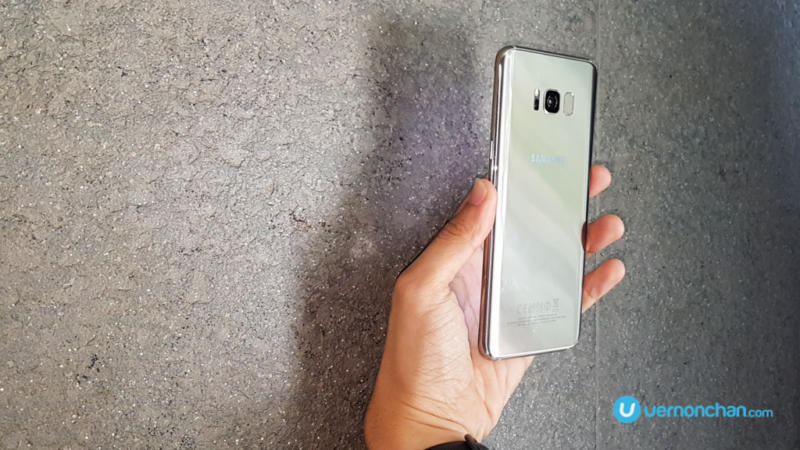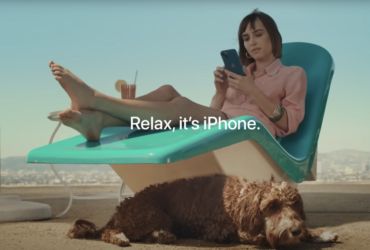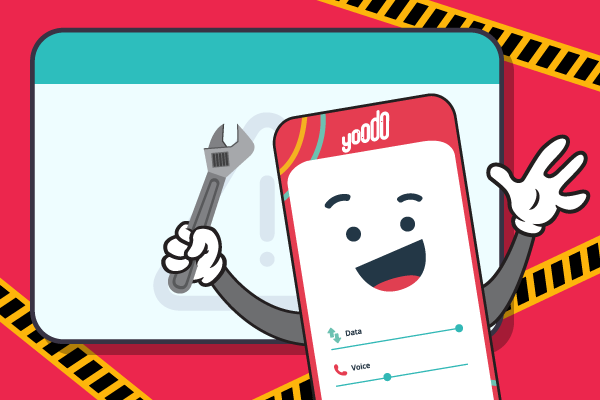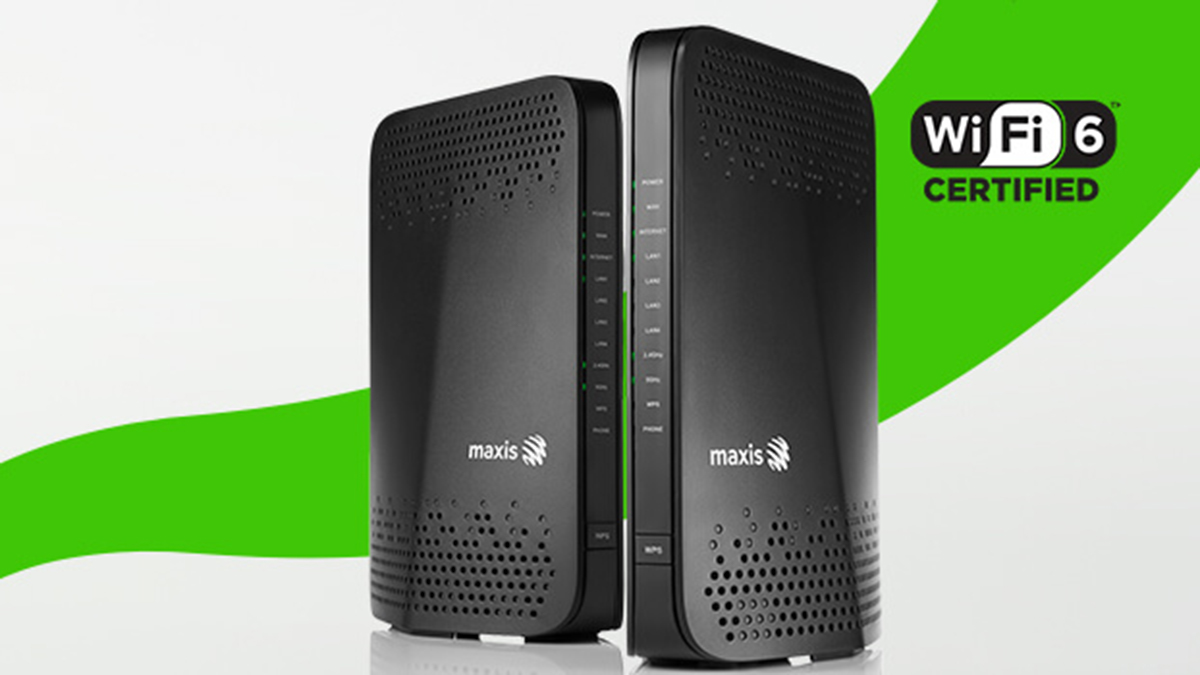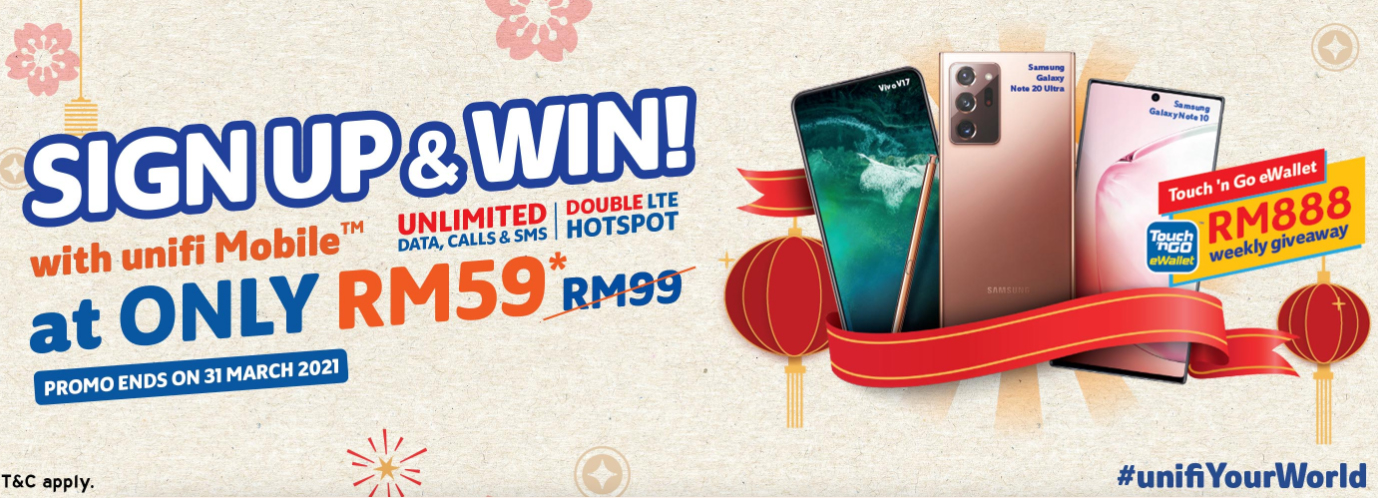I remember late last year when I declared to myself that the Galaxy Note7 would be my next smartphone purchase. Well, we all know how that panned out. The flagship Note7 had everything going for it and was poised to take the smartphone crown, at least for the better half of 2017.
The Note7’s (unfortunate) premature demise left a gap in Samsung’s product line. Sure, the top notch 2016 Galaxy S7 edge still holds its own against newer flagships, but we know we want something new. Samsung’s new Galaxy A Series (2017) and oddball Galaxy C9 Pro moved focus away from the Note7 a tad while it got its hands ready for the real deal – the Galaxy S8.
There’s a lot at stake for Samsung. It’s an understatement to say that the new flagship carries an unimaginable weight upon its shoulders.
Because, the Galaxy S8 cannot just be good. It must be brilliant. It needs to be cutting-edge, and it needs to excite.
But to give credit where credit is due, I think, Samsung has delivered. After unpacking the sleek new device in New York, the phone has returned some record-breaking pre-order numbers in its home country South Korea, and other countries too. In Malaysia, all pre-order units were taken up within a couple of days. And not without good reason.
So, what makes the Galaxy S8 so good? For one thing, Samsung didn’t rest on its laurels and give us an incremental update. Sure, there are hardware elements that remain unchanged over the outgoing Galaxy S7/S7 edge.
The 12MP Dual Pixel camera for instance. Or the 3,000mAh and 3,500mAh batteries on the Galaxy S8 and Galaxy S8+ respectively. Similarly, the headphone jack and IP68 dust- and water-resistance.
Here’s where Samsung rocked it with the Galaxy S8. The device boasts a couple of industry firsts, as well as firsts within the Samsung portfolio.
[nextpage title=”The first six”]
Design & Display
Let’s start with design. The S6 edge, Note5 and S7 edge were cutting-edge (pun intended) at the time, featuring dual curve screens and handy enhancements like the App/People Edge panel and Always-On Display.
Well, the Galaxy S8 takes it up several notches. Sure, it’s not the first time we’ve seen a near bezel-less phone, thanks to the likes of Xiaomi with its stunning Mi Mix.
The new form factor on the Galaxy S8 marks several firsts for Samsung. The key element, of course, is the stunning Infinity Display – either in 5.8-inch or 6.2-inch guise.
It’s curved at both ends, resulting in an edge-to-edge, bezel-less look. It’s beautiful.
For the very first time, Samsung has removed the physical Home button that’s traditionally located at the bottom of the screen. In its place is a home key installed under the display, which responds to pressure and gives you haptic feedback.
6 ways to unlock
Naturally, without a physical button, Samsung had to put the fingerprint scanner somewhere. And thus, for the first time, the fingerprint scanner is located on the back, to the right of the rear shooter.
As an alternative to unlocking the phone with your fingerprint, Samsung has also added an iris scanner on the front, for the first time.
FYI, there’s also a Face Unlock option. In total, you have six ways you can authenticate from the lock screen – Pattern, PIN, Password, Iris, Face Unlock, and Fingerprint. Go crazy, why don’t you.
Mobile HDR
Next, we move back to the display. According to DisplayMate, the renowned company that lab tests screens, the Galaxy S8 is the “best performing screen” on any smartphone. And part of the reason is because of HDR (high dynamic range).
You see, the Galaxy S8 is the first and currently only smartphone that’s certified by the UHD Alliance for the Mobile HDR Premium standard (supporting HDR10 and Dolby Vision).
The display can achieve peak brightness of over 1,000 nits, and its ability to play back true mobile HDR means it delivers a wider colour gamut and superior contrast. FYI, the display on the Galaxy S8 is 19% brighter than that of the Galaxy S7.
This translates to a better viewing experience when you’re watching videos or playing games. Or Netflix-ing and… chilling.
Snapdragon 835
Next on the firsts list. The heart of the Galaxy S8’s performance – the processor. The device is first off the bat with Qualcomm’s latest and greatest SoC – the octa-core Snapdragon 835. It’s the successor to last year’s top rung Snapdragon 821 (and yes, dependent on region and market, there’s also the Exynos 9 variant).
Built on the 10nm manufacturing process, the new processor is faster, uses less power and generates less heat compared to its predecessor.
The processor brings with it Gigabit LTE (via the Snapdragon X16 LTE modem), Adreno 540 GPU for superior graphics, 14-bit Qualcomm Spectra 180 ISP for superior imaging, Kryo CPU for power-efficiency and Qualcomm Quick Charge 4.
Bluetooth 5.0
A spec you might have missed (because you were too busy admiring the Infinity Display) is Bluetooth. The Galaxy S8 is the industry’s first to feature the new Bluetooth 5.0 standard.
Bluetooth 5.0 promises twice the speed of the current Bluetooth 4.2, and up to 4x the range. It isn’t just about range and bandwidth though, because Bluetooth 5.0 also allows you to simultaneously connect two sets of wireless headphones.
In the future, Bluetooth 5.0 will provide for higher-quality wireless audio.
[nextpage title=”Bixby”]
Digital personal assistants, bots, artificial intelligence and machine learning are getting plenty of airtime these days. Apple has Siri on its iOS devices and Macs, Android has Google Assistant, Amazon’s got Alexa, and now even Facebook has ‘M.’
The reason for all of this is because smartphones have actually gotten more complicated.
Personal voice assistants help to cut through the clutter, digital noise and information overload, as well as personalise our smartphone experience.
And so, Samsung has Bixby – debuting on the Galaxy S8. Bixby though, isn’t just an ordinary voice assistant. It’s an “intelligent interface” that has contextual awareness to learn your usage habits.
Samsung has made it easy to call upon Bixby. Simply say “Bixby” or tap on the Bixby physical button located below the volume rocker. Caveat: voice recognition isn’t quite ready yet, so hold your horses.
Bixby has four main features: Voice, Vision, Reminder and Home. The cool thing about Bixby is that it works across multiple apps – whether call, camera, gallery, message or more.
Its Vision feature is pretty nifty too. For instance, via the camera app, Bixby can detect and recognise what you see, and makes it easy for you to search for images and information of the object. It can even help you shop online or translate text.
It’s early days, sure, but I’m betting Bixby will be an integral part of Samsung’s future devices. Importantly, it will get better and richer over time.
Learn more about Bixby here.
In summary
The Galaxy S8 is an amazing piece of kit. From the looks of things it’s likely the smartphone to beat in 2017. While the stakes are high on Samsung’s end, on the flip side, the Galaxy S8 has also set the benchmark high for the competition. Your turn, Apple and Huawei.
The 5.8-inch Galaxy S8 retails at MYR3,299 while the 6.2-inch Galaxy S8+ is priced at MYR3,699. Available in Midnight Black, Orchid Grey and Maple Gold. The Galaxy S8 and S8+ will hit retail stores nationwide from 5 May 2017.
All about the Galaxy S8:
- Pre-order for Samsung Galaxy S8 in Malaysia to start 11 April
- Samsung unpacks Galaxy S8 and Galaxy S8+ – Infinity Display, bezel-less design
- New Samsung Gear 360 boasts 4K resolution, compatible with iOS devices
- Samsung DeX is Microsoft Continuum for Android
- Samsung Galaxy S8 pre-orders start tomorrow, prices from USD720
- The Samsung Galaxy S8 is unpacking tonight, here’s what to expect





